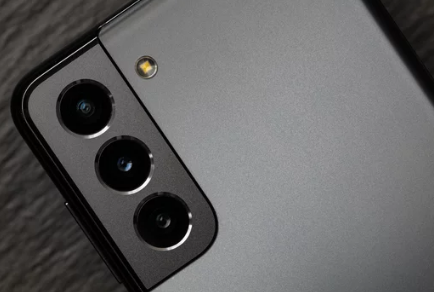Sharing videos between iPhone and Samsung devices can sometimes feel like a challenge. Apple’s iOS and Samsung’s Android ecosystem don’t always “talk” to each other as smoothly as devices within the same brand. While iPhone users enjoy AirDrop, Samsung users rely on Quick Share, but neither works cross-platform. So what’s the fastest way to send videos between iPhone and Samsung without losing quality?
This guide breaks down the most efficient methods—whether you want speed, high quality, or convenience.
Why Video Sharing Between iPhone and Samsung Can Be Complicated
- Different ecosystems: iOS is optimized for AirDrop and iCloud, while Samsung uses Quick Share and Google services.
- File size limits: Messaging apps like WhatsApp or Messenger compress large videos heavily.
- Format differences: iPhone records in HEVC/HEIF formats, while Samsung usually uses MP4. Both are compatible, but some apps may reduce quality.
To avoid these pitfalls, you need solutions designed for cross-platform video transfer.
1. Send Anywhere (Fastest Cross-Platform App)
Best For: Quick wireless video transfers.
- Install Send Anywhere on both devices.
- On iPhone, select the video(s) you want to share.
- The app generates a 6-digit key or QR code.
- On Samsung, enter the code or scan the QR to start the transfer.
✅ Pros:
- Preserves original video quality.
- Extremely fast over Wi-Fi.
- No cables required.
❌ Cons:
- Requires both devices to install the app.
- Free version contains ads.
2. Google Drive or OneDrive (Cloud-Based Method)
Best For: Sharing large videos remotely.
- Upload the video to Google Drive (from iPhone).
- On Samsung, open the same Google account in the Drive app and download the video.
✅ Pros:
- Supports large file sizes.
- Accessible from anywhere.
- Maintains quality if downloaded in original resolution.
❌ Cons:
- Upload and download times depend on internet speed.
- Limited free storage space (15GB for Google Drive).
3. SHAREit or Xender (Wi-Fi Direct Apps)
Best For: Super-fast offline transfers.
- Install SHAREit or Xender on both iPhone and Samsung.
- Create a direct Wi-Fi hotspot between devices.
- Transfer videos at high speed (much faster than Bluetooth).
✅ Pros:
- No internet required.
- Very fast for large video files.
❌ Cons:
- Both devices must install the app.
- Ads in free versions.
4. USB Cable and Computer (Traditional Method)
Best For: Bulk transfers with zero compression.
- Connect iPhone to your computer and copy videos via iTunes or Photos.
- Connect Samsung and paste the videos into the DCIM or Movies folder.
✅ Pros:
- 100% original quality preserved.
- No internet or apps required.
❌ Cons:
- Requires a computer as an intermediary.
- Slower setup compared to wireless apps.
5. Email or Messaging Apps (Quick, But Limited)
Best For: Small, short video clips.
- Attach a video to an email or send via apps like WhatsApp or Telegram.
- Choose “Send as Original” if the option is available.
✅ Pros:
- Very convenient for small files.
- No need for extra apps.
❌ Cons:
- File size limits (25MB for email, ~100MB for WhatsApp).
- Compression often reduces video quality.
Speed vs. Quality: Which Should You Choose?
- For fastest transfer → Send Anywhere or Xender (over Wi-Fi).
- For remote sharing → Google Drive / OneDrive.
- For no internet → SHAREit or USB cable.
- For small clips → Email or WhatsApp (but expect compression).
Pro Tips to Share Videos Without Losing Quality
- Avoid WhatsApp or Messenger for large, important videos—they always compress.
- Check file format compatibility (convert HEVC videos to MP4 if needed).
- Use Wi-Fi instead of mobile data for faster uploads/downloads.
- Organize by folders before transferring bulk videos for easier management.
Final Thoughts
The fastest way to send videos between iPhone and Samsung is through apps like Send Anywhere, SHAREit, or Xender, which use Wi-Fi Direct for lightning-fast transfers. If you’re sharing videos remotely, Google Drive or OneDrive is the most reliable solution. For complete peace of mind and zero compression, a USB cable with a computer is still a great option.
With the right method, you can enjoy smooth, fast, and high-quality video sharing across iOS and Android—no frustration required.
Also Read :
